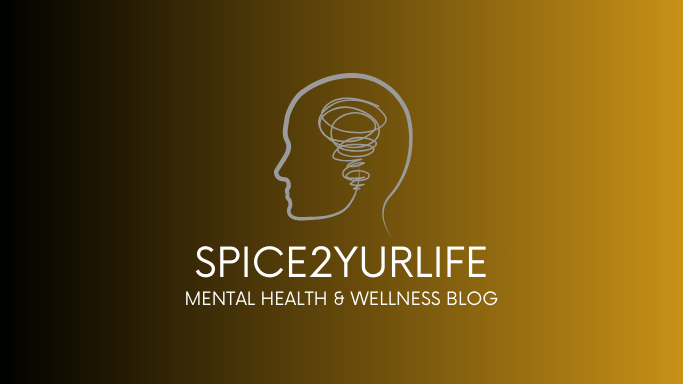October is Domestic Violence Awareness Month, a time to shed light on an issue that often remains hidden behind closed doors. Domestic violence affects individuals of every age, race, gender, and socioeconomic status, yet its victims frequently suffer in silence. This month is dedicated to raising awareness, offering support, and promoting healing for survivors. By educating ourselves and others, we can become advocates for change and help create a society where safety and respect are fundamental rights for all.
Understanding Domestic Violence
Domestic violence, also known as intimate partner violence, includes any pattern of behavior used to gain power and control over an intimate partner. It can manifest in various forms, including physical abuse, emotional manipulation, psychological control, financial exploitation, and sexual violence. The goal is always the same: to dominate and instill fear. It’s important to remember that anyone can be a victim—regardless of gender or background.
The Impact on Mental Health
The effects of domestic violence on mental health are profound and far-reaching. Survivors may experience anxiety, depression, post-traumatic stress disorder (PTSD), and a range of other emotional challenges. Over time, the trauma can affect one’s ability to trust others, engage in healthy relationships, and maintain self-worth.
If you or someone you know is experiencing domestic violence, understand that reaching out for help is a brave step, and there are resources available. The National Domestic Violence Hotline (1-800-799-SAFE) offers confidential support and guidance.
Breaking the Cycle
Breaking the cycle of domestic violence requires community awareness and support. Here’s how you can get involved this Domestic Violence Awareness Month:
1. Educate Yourself and Others: Learn the signs of abuse, how to support survivors, and ways to prevent violence. Share this knowledge to break the stigma and misconceptions surrounding domestic violence.
2. Support Local Shelters and Organizations: Donate your time, money, or resources to local shelters and support organizations. They provide crucial services like housing, counseling, and legal aid to survivors.
3. Raise Your Voice: Use social media, blogs, and community events to spread awareness. Share stories, statistics, and resources to help others recognize the importance of addressing domestic violence.
4. Wear Purple: Purple is the color of Domestic Violence Awareness Month. Wearing purple shows solidarity with survivors and helps to start conversations.
5. Encourage Safe Conversations: If you suspect someone is experiencing domestic violence, offer nonjudgmental support. Let them know they are not alone, and their safety is a priority.
Fostering Hope and Healing
Survivors of domestic violence are resilient, courageous individuals who deserve compassion and support. This month is not just about acknowledging the problem; it’s about fostering hope, promoting healing, and working toward a future free from abuse. Every voice raised and every action taken is a step closer to breaking the silence and ending the cycle of violence.
Resources for Survivors and Supporters
If you or someone you know is affected by domestic violence, consider reaching out to these organizations:
- National Domestic Violence Hotline: [www.thehotline.org](https://www.thehotline.org) | 1-800-799-SAFE
- RAINN (Rape, Abuse & Incest National Network): [www.rainn.org](https://www.rainn.org)
- The National Coalition Against Domestic Violence (NCADV): [www.ncadv.org](https://www.ncadv.org)
Remember, raising awareness is the first step in creating change. Let’s honor this Domestic Violence Awareness Month by standing together, supporting survivors, and committing to a safer world for everyone. Together, we can make a difference.







No comments:
Post a Comment